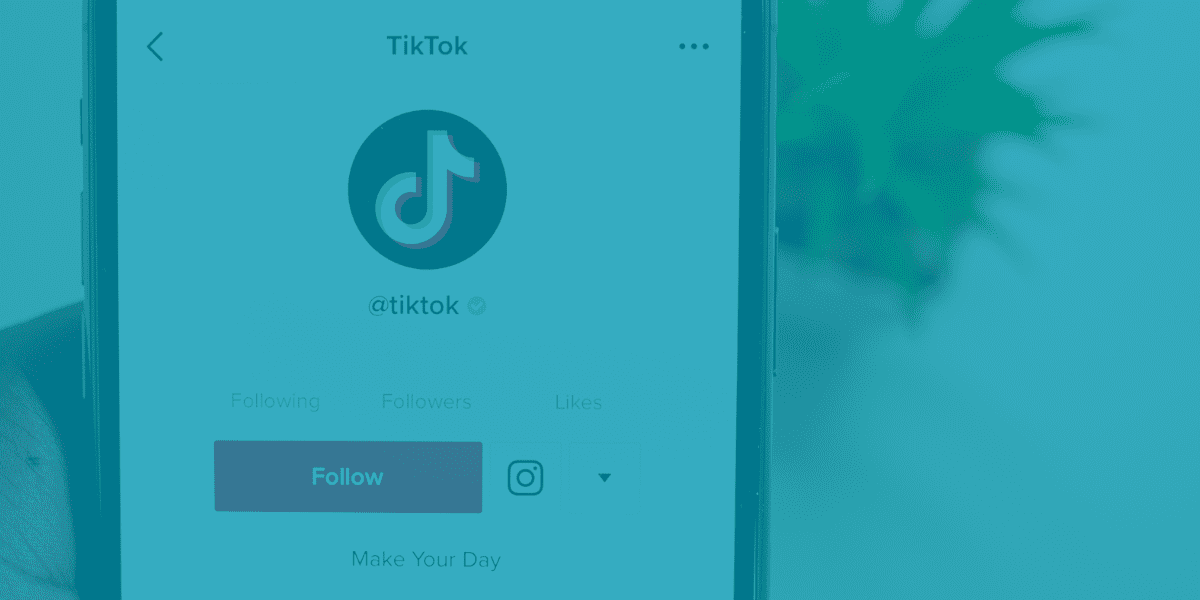Reaching healthcare professionals (HCPs) has never been more complex—or more digital. Gone are the days when reps could reliably walk into a provider’s office and get face time. Today’s HCPs are busy, digitally connected, and less accessible through traditional channels. That means marketers need to be more strategic about where and how they show up.
To break through, health brands need to meet providers in the platforms they already use to deliver care. That includes Electronic Health Records (EHR) systems, telehealth platforms, and programmatic environments designed specifically to target verified HCP audiences. These aren’t just alternative channels—they’re some of the most effective ways to create high-impact digital touchpoints.
EHR Advertising: Messaging at the Point of Care
Electronic Health Records are central to clinical decision-making. They’re where providers spend significant time reviewing patient information, researching treatment options, and managing ongoing care. EHR-based ads allow marketers to insert helpful, relevant messages into that workflow—without being disruptive.
For example, an oncologist reviewing labs for a specific diagnosis may be served an ad highlighting a new clinical resource or treatment option. These placements are contextually triggered and can be highly targeted by specialty, diagnosis codes, and even NPI number.
When used thoughtfully, EHR placements deliver value at the exact moment a provider is making decisions—making them a strong tactic for branded treatments, patient support initiatives, and medical education efforts.
Telehealth Platforms: A New Opportunity for Awareness and Education
Telehealth isn’t a passing trend—it’s a permanent part of many providers’ routines. That shift creates a new opportunity for marketers to reach HCPs while they’re actively engaged in patient care.
Ad placements on telehealth platforms might appear at login, within the dashboard, or in educational sections used between appointments. These environments are less saturated than traditional digital channels, making it easier for campaigns to stand out.
Telehealth is especially effective for unbranded campaigns—think condition awareness, decision-support tools, or new clinical guidelines. It’s also a smart space for introducing new products or resources in a more neutral, educational context.
Programmatic Ads: Scalable Reach With Precision
If EHR and telehealth offer depth, programmatic brings breadth. Platforms like PulsePoint, IQVIA, and others allow you to reach HCPs across the web—on clinical journals, news sites, and other professional environments.
Programmatic platforms use third-party data and verified identity (often tied to NPI numbers) to target providers by specialty, job title, location, and even behavior. This makes it possible to scale campaigns while keeping them tightly aligned with your ideal audience.
It’s a versatile option for both branded and unbranded messaging, and a powerful tool for building frequency across touchpoints—especially when paired with retargeting and sequential messaging strategies.
The Takeaway: Go Beyond the Inbox
Email alone isn’t enough. To effectively engage HCPs in today’s digital environment, campaigns need to reach across multiple touchpoints—especially the platforms HCPs use every day to deliver care.
A strong HCP strategy should include:
- EHR placements to reach providers at the point of care
- Telehealth ads for education and awareness in a clinical setting
- Programmatic campaigns for extended reach and frequency
Together, these channels help create a connected experience that builds awareness, trust, and engagement over time.
Need support building a smarter HCP campaign?
Let’s talk. Whether you’re launching a new therapy, growing awareness for a med tech product, or planning for your next conference, our team can help you build a multi-channel strategy that gets in front of the right providers—at the right time, in the right mindset.































































































